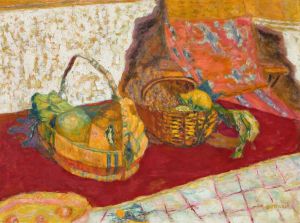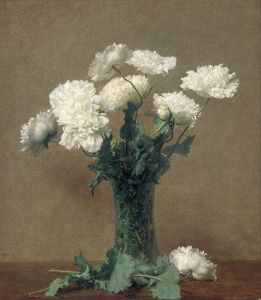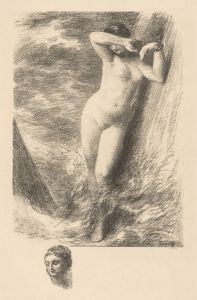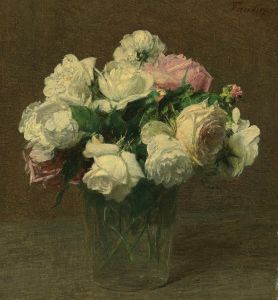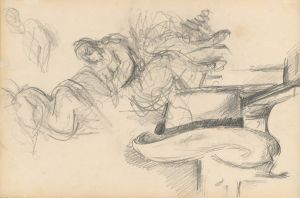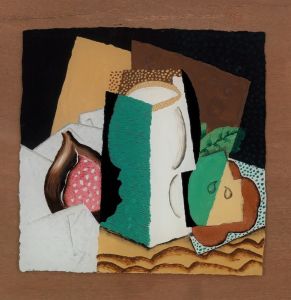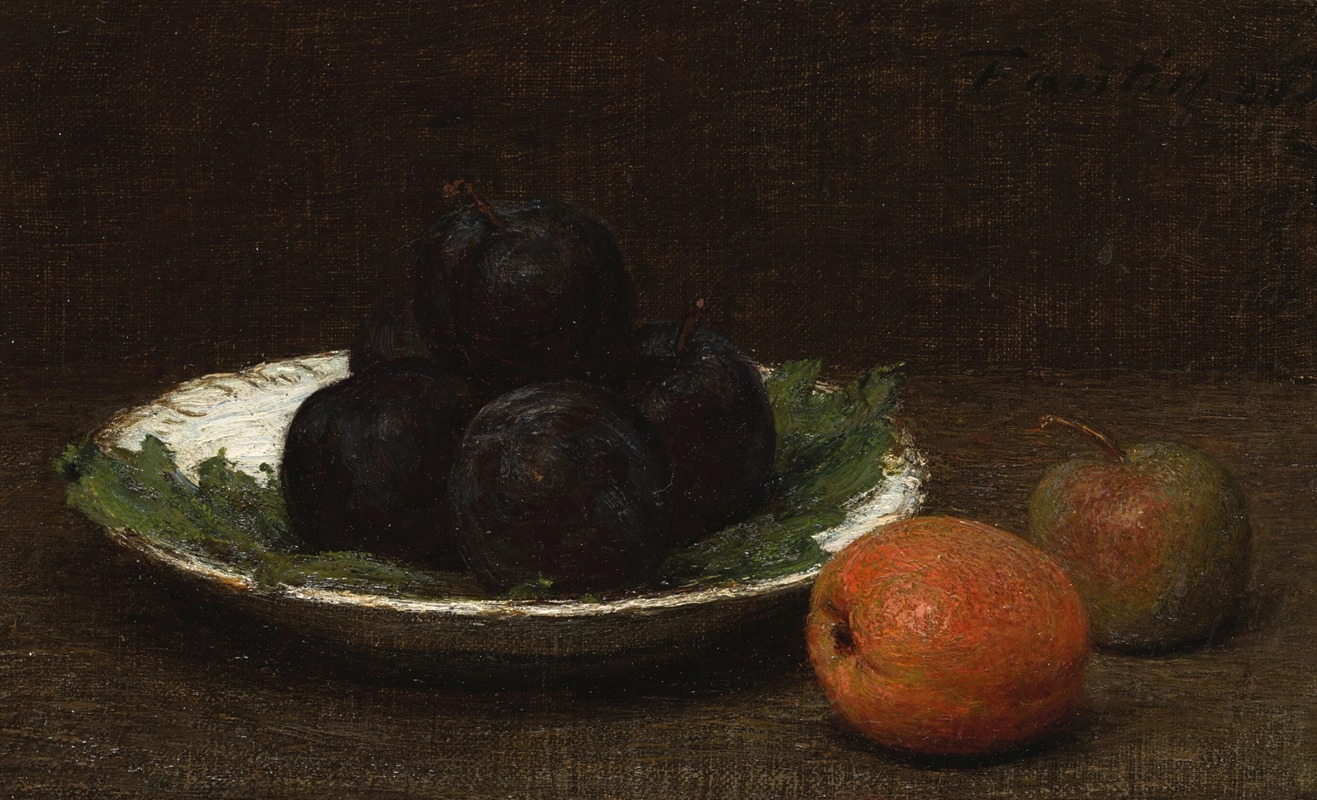
Nature morte aux prunes
A hand-painted replica of Henri Fantin-Latour’s masterpiece Nature morte aux prunes, meticulously crafted by professional artists to capture the true essence of the original. Each piece is created with museum-quality canvas and rare mineral pigments, carefully painted by experienced artists with delicate brushstrokes and rich, layered colors to perfectly recreate the texture of the original artwork. Unlike machine-printed reproductions, this hand-painted version brings the painting to life, infused with the artist’s emotions and skill in every stroke. Whether for personal collection or home decoration, it instantly elevates the artistic atmosphere of any space.
Henri Fantin-Latour, a renowned French painter, is celebrated for his exquisite still life paintings, among other works. One of his notable pieces is "Nature morte aux prunes" (Still Life with Plums). This painting exemplifies Fantin-Latour's mastery in capturing the delicate interplay of light, texture, and color, which are hallmarks of his still life compositions.
Fantin-Latour was born on January 14, 1836, in Grenoble, France, and he developed a keen interest in art from a young age. He studied at the École des Beaux-Arts in Paris and was deeply influenced by the Old Masters, which is evident in his meticulous attention to detail and composition. Although he is often associated with the Impressionists due to his friendships with artists like Édouard Manet and Edgar Degas, Fantin-Latour's style remained distinct, characterized by a more traditional approach.
"Nature morte aux prunes" is a testament to Fantin-Latour's ability to render everyday objects with a sense of realism and beauty. The painting features a simple yet elegant arrangement of plums, showcasing his skill in depicting the subtle variations in color and texture. The plums are painted with a rich, deep hue, capturing the natural sheen of the fruit's skin. This attention to detail not only highlights the physical attributes of the plums but also evokes a sense of freshness and vitality.
Fantin-Latour's still lifes are often noted for their serene and contemplative quality. In "Nature morte aux prunes," the composition is carefully balanced, with the plums arranged in a way that draws the viewer's eye across the canvas. The use of light and shadow is particularly effective, creating a sense of depth and three-dimensionality. This technique reflects Fantin-Latour's admiration for the Dutch still life painters of the 17th century, who were known for their ability to create lifelike representations of inanimate objects.
Throughout his career, Fantin-Latour remained dedicated to the still life genre, producing numerous works that continue to be celebrated for their technical precision and aesthetic appeal. His paintings are characterized by a harmonious blend of color and form, often featuring a limited palette that enhances the overall composition. "Nature morte aux prunes" is no exception, demonstrating his ability to transform a simple subject into a work of art that resonates with viewers.
Fantin-Latour's contributions to the art world extend beyond his still life paintings. He was also known for his portraits and imaginative compositions, which often incorporated elements of symbolism and fantasy. Despite his diverse body of work, it is his still lifes that have garnered the most acclaim, cementing his reputation as one of the foremost still life painters of his time.
Today, Henri Fantin-Latour's works are held in high regard and can be found in major museums and private collections around the world. "Nature morte aux prunes" continues to be appreciated for its exquisite detail and timeless beauty, serving as a testament to Fantin-Latour's enduring legacy in the realm of still life painting.






